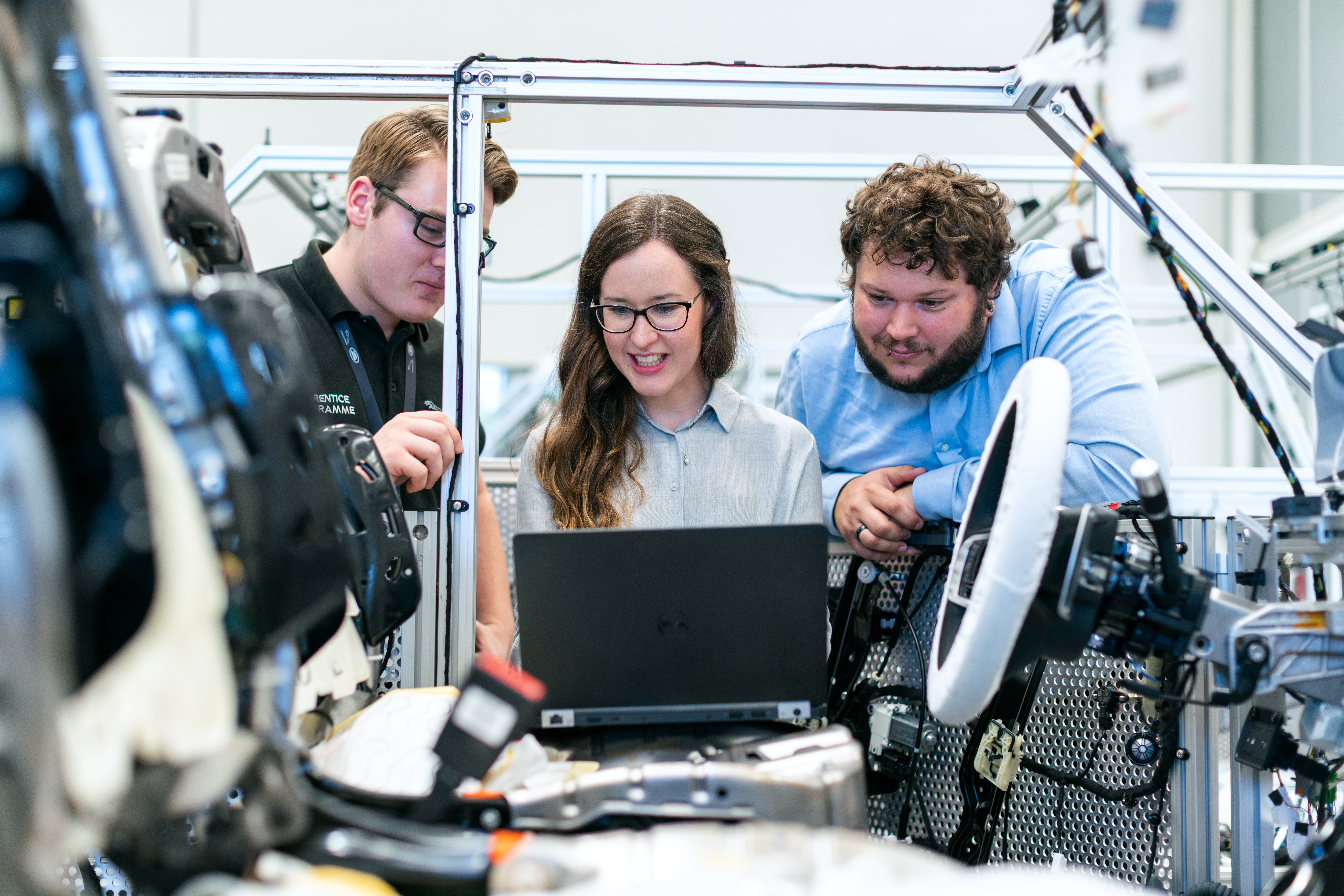One of the main purposes of Kentia is to deliver qualitative and responsible results on time according to the needs of our clients. At the time I’m writing this post, it is possible to use an online LLM to significantly improve efficiency in tasks such as:
Generating requirements for any commonly known system or subsystem, instantly helping to start with, complete or improve your set of available requirements.
Generating test cases based on a set of input requirements.
Automatically generating any type of code based on natural language inputs, such as requirements or input directives.
Searching for specifics, for example requirements from norms of common general knowledge.
Generating state machines or even sequence diagrams for system architectural design.
Checking consistency and completion of documentation.
It is clear that the usage of AI technology is already changing the ways engineers develop their systems, helping to focus on supervision and specifics, reducing the time needed to generate common knowledge outputs and finding answers to common knowledge questions faster than ever before.
On the other hand, there is a clear technology gap between what a local machine and a super computer can do with an LLM. As long as this gap is not closed (letting users process their data locally), users will tend to keep internal and confidential data, leading to deviations between the limited knowledge of the LLM and the actual knowledge of the community.
Limitations of AI usage in R&D
As every machine, AIs can generate faster outputs than humans, based on a limited number of inputs (mostly data and context). This means, there will always be a need to accommodate these limited inputs in order to solve everyday problems that exceed the information available for the LLM. For instance, due to the fact that a problem is new, or because the specifics of the problem will not be addressed by the tool (due to data protection, inaccuracies, etc.).
Finally, AI systems are basically based on deterministic software, still leaving space for the randomness of the physical world and therefore leading to new concerns in interfacing knowledge areas such as ethics, safety, security or specific human capabilities such as intuition or common sense.
Kentia’s approach
At Kentia we believe that AI will significantly improve productivity in R&D and we use and develop AI responsibly to improve our efficiency and results. The amount and quality of outputs that an experienced engineer is able to bring to the table with this technology is already increasing. However, actual limitations due to data protection, market adoption and inaccuracies of the technology still need to be addressed.




